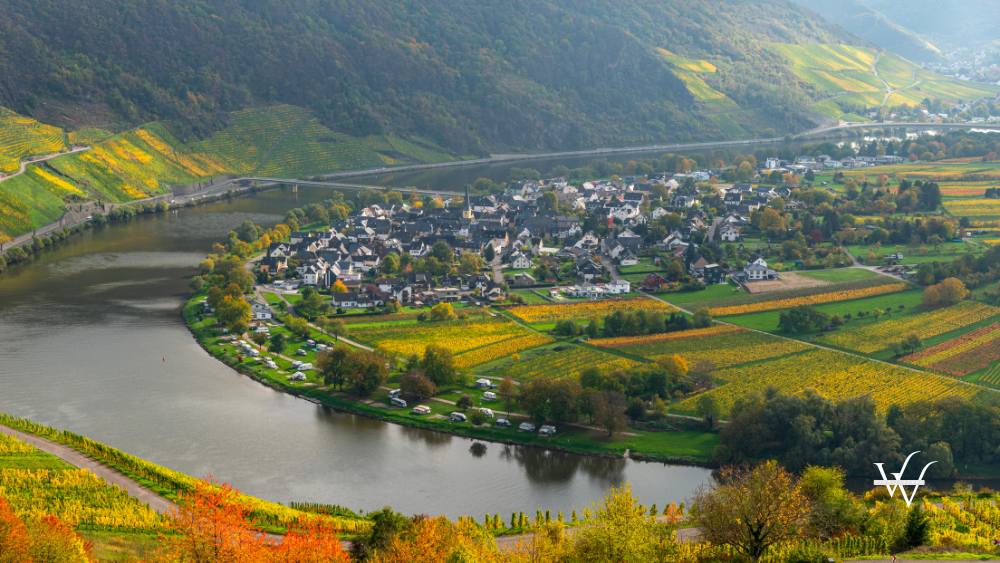According to the German Wine Institute (DWI), Germany’s 2025 wine production is projected to reach its lowest level in 14 years, marking a significant downturn for one of Europe’s key wine-producing nations.
Final estimates from the country’s 13 wine-growing regions indicate a total output of 7.3 million hectoliters of grape must, representing a 7% decline from the previous year and 16% below the ten-year average of 8.7 million hectoliters.
If these figures are confirmed, this year’s harvest will be the smallest since 2010, when only 7.1 million hectoliters were produced. The sharp decline has been primarily attributed to climatic instability—notably, heavy rains in mid-September, which caused stricter grape selection and forced many producers to discard part of their crop.
The regions hit hardest by the downturn are Rheinhessen, the Palatinate (Pfalz), Baden, and Württemberg, which together account for most of Germany’s wine output.
- In Rheinhessen, production is expected to fall 23% below the ten-year average, equating to 600,000 hectoliters less.
- In the Palatinate, the decline is projected at 18%, or about 400,000 hectoliters less.
- Baden anticipates a 15% decrease, equivalent to 180,000 hectoliters less.
- Württemberg forecasts a 22% reduction, representing 200,000 hectoliters less.
Winegrowers in these regions have reported smaller grape berries and below-average must yields, the result of irregular weather patterns and difficult harvest conditions.
In contrast, certain regions have seen a marked recovery. Saxony and Saale-Unstrut, along with the Ahr Valley, have reported production increases exceeding 100% compared to the previous year. These areas were largely spared from the late frosts that devastated other German vineyards during the 2024 growing season. Mosel and Franken have also reported slightly above-average harvests, highlighting the uneven climatic impact across the country.
Despite lower yields, the DWI emphasized that the quality of grapes harvested this year remains exceptionally high. Producers report riper-than-usual fruit, which is expected to translate into wines of outstanding concentration and balance. This suggests that while 2025 may bring one of the smallest harvests in volume, it could also yield some of the finest-quality wines of recent years.
Source: Vinetur

